
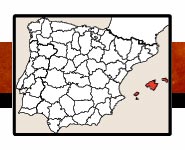

 |
 |
||
 |
|||
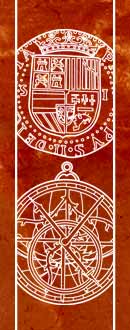 |
(40)/D-J/IBAL-Ibiza1-40.jpg) |
-55/BOOK-cort-40.jpg) |
 |
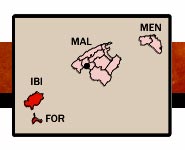 |
||
 |
|||
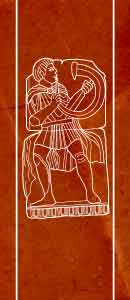 |
ACCESO A IBIZA (CIUDAD)CIUDADELA: Junto al puerto de Ibiza. CATEDRAL: Dentro de la ciudadela, coronando el cerro. P MOLINS: Se ubica la entrada al yacimiento y al museo en la calle Via Romana justo detrás de la ciudadela de Ibiza (mirando desde el puerto). CARREGADOR: Desde Ibiza hay que coger la carretera del aeropuerto, y salirse en la glorieta indicada para Ses Salines, después en la localidad de Sant Francesc d'Estany se sitúa el cartel de la torre des Carregador. ACCESO PARA MINUSVÁLIDOSCATEDRAL, CIUDADELA Y P MOLINS: Fuertes pendientes de acceso, es preciso un acompañante. En P. des Molins firme irregular. CARREGADOR: Visita exterior |
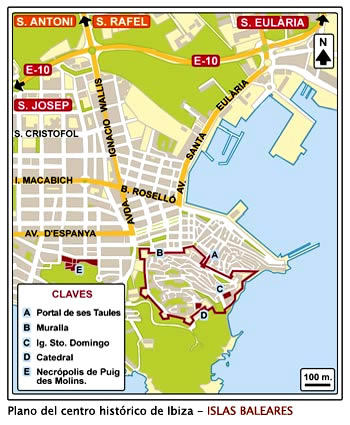 |
ACCESS TO IBIZA (CITY)CIUDADELA: Next to the port of Ibiza. CATEDRAL: It is inside the citadel, crowning the hill. P MOLINS: The entrance to the site and the museum is located in Via Romana St. Just behind the citadel of Ibiza (looking from the port). CARREGADOR: From Ibiza you have to take the airport road and get off at the roundabout for Ses Salines, then in the town of Sant Francesc d'Estany there is the sign for the tower of des Carregador. ACCESS FOR THE HANDICAPPEDCATEDRAL, CIUDADELA & P MOLINS: Strong ramps to access, an escort is necessary. In P. des Molins also irregular firm. CARREGADOR: Outside visit. |
||||
 |
 |
Al siglo XIV pertenece la capilla románica de “Sa Tanca Vella” que data de comienzos del siglo XIV. Del siglo XVIII es la primera iglesia de Formentera, la de San Francisco Javier, construida como iglesia - fortaleza para defenderse de los ataques de los piratas. HORARIOS-ENTRADAVisita Exterior ACCESOVer mapa. ACCESO PARA MINUSVÁLIDOSVisita exterior. |
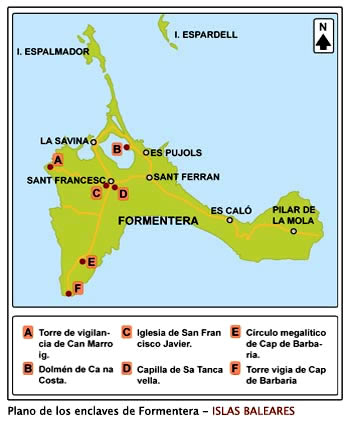 |
To 14th century belongs the nice Romanesque chapel of “Sa Tanca Vella” that dates from beginnings of 14 th century. From the 18 th century it is the first church of Formentera, S. Francisco Javier, built like a church-fortress to defend against the attacks of the pirates. TICKETS AND TIMETABLEOuside visit LOCATIONSee Map. ACCESS FOR THE HANDICAPPEDOutside visit. |
||||
 |